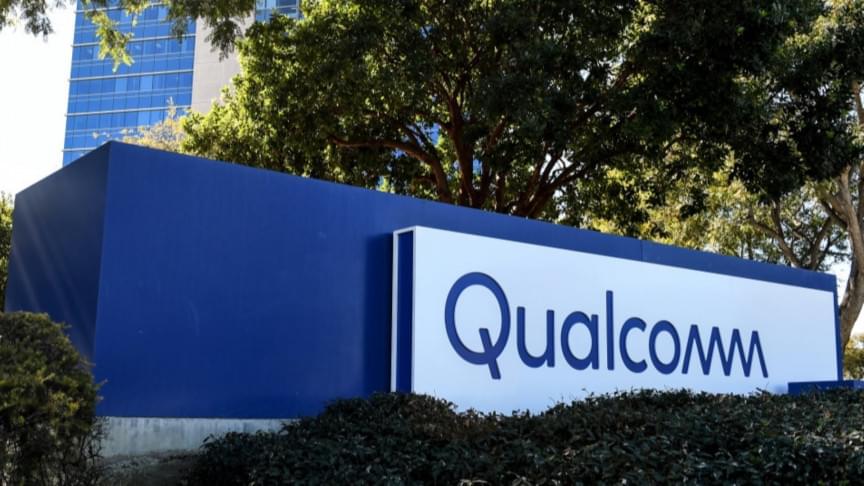
Get the latest international news and world events from around the world.

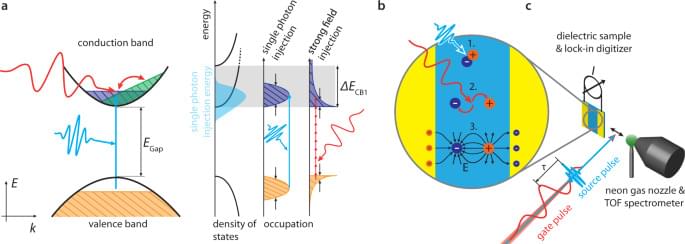
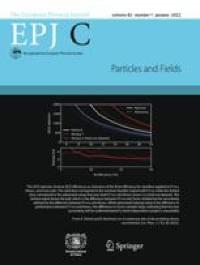
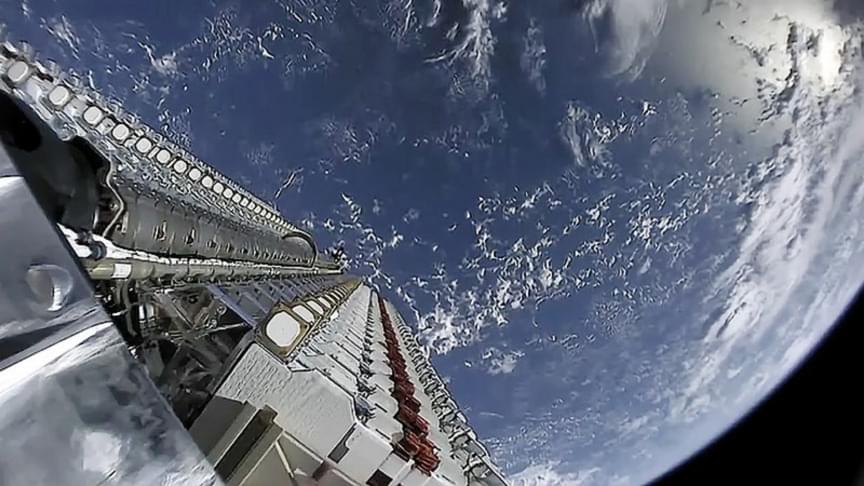

‘Informational simplicity’ may explain why nature favors symmetry
In biology, symmetry is typically the rule rather than the exception. Our bodies have left and right halves, starfish radiate from a central point and even trees, though not largely symmetrical, still produce symmetrical flowers. In fact, asymmetry in biology seems quite rare by comparison.
Does this mean that evolution has a preference for symmetry? In a new study, an international group of researchers, led by Iain Johnston, a professor in the Department of Mathematics at the University of Bergen in Norway, says it does.

Japan Wants to Make Half Its Cargo Ships Autonomous by 2040
On top of the environmental concerns, Japan has an added motivation for this push towards automation —its aging population and concurrent low birth rates mean its workforce is rapidly shrinking, and the implications for the country’s economy aren’t good.
Thus it behooves the Japanese to automate as many job functions as they can (and the rest of the world likely won’t be far behind, though they won’t have quite the same impetus). According to the Nippon Foundation, more than half of Japanese ship crew members are over the age of 50.
In partnership with Misui OSK Lines Ltd., the foundation recently completed two tests of autonomous ships. The first was a 313-foot container ship called the Mikage, which sailed 161 nautical miles from Tsuruga Port, north of Kyoto, to Sakai Port near Osaka. Upon reaching its destination port the ship was even able to steer itself into its designated bay, with drones dropping its mooring line.

CRISPR/Cas9-Mediated Genome Editing as a Therapeutic Approach for Leber Congenital Amaurosis 10
Circa 2017 😀
As the most common subtype of Leber congenital amaurosis (LCA), LCA10 is a severe retinal dystrophy caused by mutations in the CEP290 gene. The most frequent mutation found in patients with LCA10 is a deep intronic mutation in CEP290 that generates a cryptic splice donor site. The large size of the CEP290 gene prevents its use in adeno-associated virus (AAV)-mediated gene augmentation therapy. Here, we show that targeted genomic deletion using the clustered regularly interspaced short palindromic repeats (CRISPR)/Cas9 system represents a promising therapeutic approach for the treatment of patients with LCA10 bearing the CEP290 splice mutation. We generated a cellular model of LCA10 by introducing the CEP290 splice mutation into 293FT cells and we showed that guide RNA pairs coupled with SpCas9 were highly efficient at removing the intronic splice mutation and restoring the expression of wild-type CEP290. In addition, we demonstrated that a dual AAV system could effectively delete an intronic fragment of the Cep290 gene in the mouse retina. To minimize the immune response to prolonged expression of SpCas9, we developed a self-limiting CRISPR/Cas9 system that minimizes the duration of SpCas9 expression. These results support further studies to determine the therapeutic potential of CRISPR/Cas9-based strategies for the treatment of patients with LCA10.
Keywords: CEP290; CRISPR/Cas9; LCA10.
Copyright © 2017 The American Society of Gene and Cell Therapy. Published by Elsevier Inc. All rights reserved.


The biggest problem in AI? Machines have no common sense
What most people define as common sense is actually common learning, and much of that is biased.
The biggest short term problem in AI: as mentioned in the video clip, an over-emphasis on data set size, irrelevant of accuracy, representation or accountability.
The biggest long term problem in AI: Instead of trying to replace us we should be seeking to complement us. Merge is not necessary nor advisable.
If we think about it, building a machine to think like a human is like buying a race horse and insisting for it to function like a camel. And it is doomed to fail. Cos there are only two scenarios: Either humans are replaced or they are not. If we are, then we have failed. If we are not replaced, then the AI development has failed.
Time for a change of direction.
I think of a super intelligent learning machine as a data addict and then it’s easy to see how we fit in.
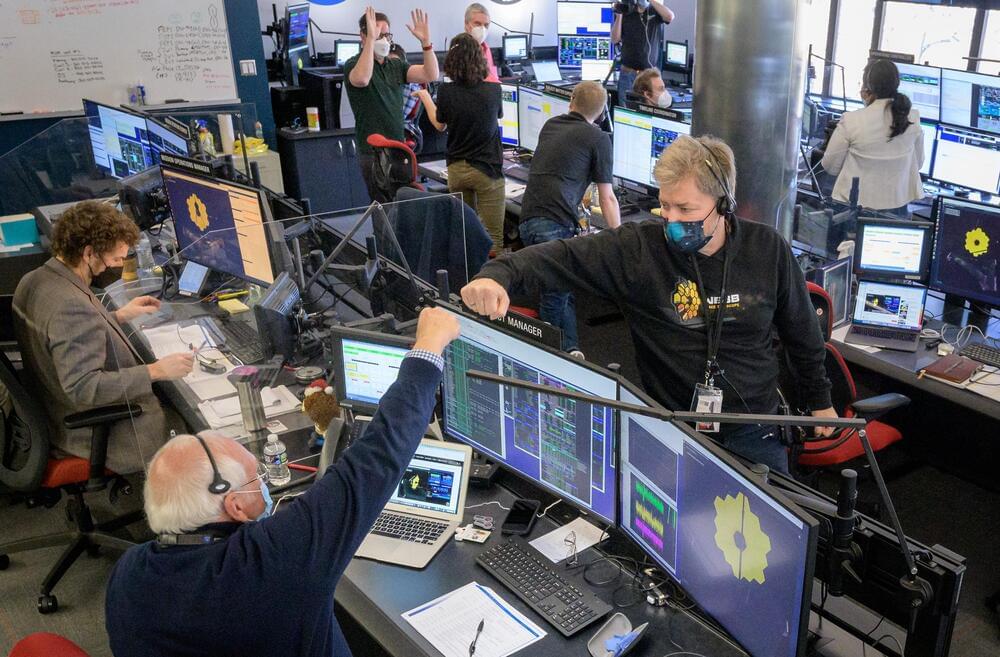
James Webb Space Telescope unfolds mirrors, completes deployment
Spreading its mirror wings was the telescope’s last big step in its complicated deployment.
NASA has pulled off the most technically audacious part of bringing its newest flagship observatory online: unfolding it.
On Saturday, Jan. 8, the operations team for the James Webb Space Telescope (JWST) announced that the observatory’s primary mirror had successfully unfolded its segments — the last major step of the telescope’s complicated deployment.
The moment was a euphoric moment of validation for the entire team. “We’re on an incredible high right now,” said Bill Ochs, JWST’s project manager, at a press conference. “Today represents the beginning of a journey for this incredible machine, to its discoveries that we’ll be making in the future.”